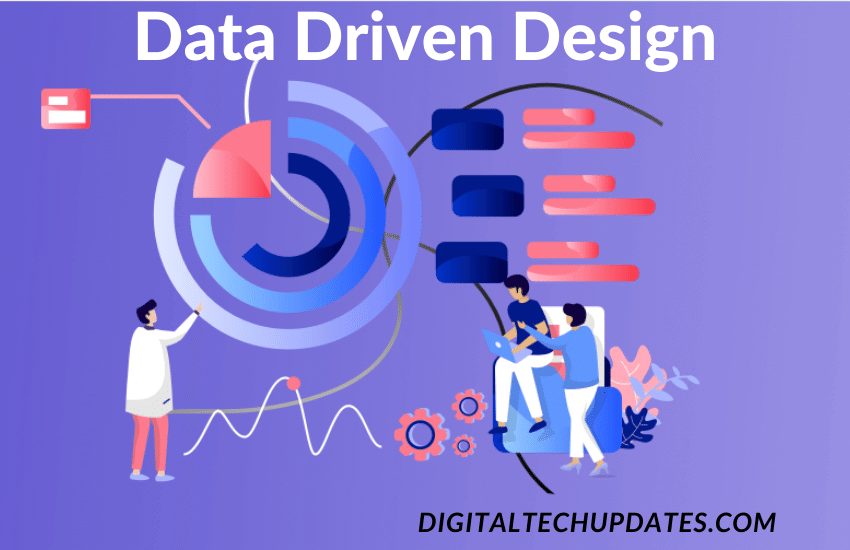The goal of every UX/UI designer is to make visual creations that facilitate the user experience and make it as pleasant as it is coherent. With which, you must have the ability to put yourself in the ‘skin’ of the Internet user, to try to anticipate how they will behave when browsing a specific page or application, what will attract their attention, etc. A process that has a lot to do with psychology, although innovative techniques such as Data Driven Design are making it increasingly precise.
At digitaltechupdates we place enormous value on data analysis as a methodology to help society, so we are going to tell you exactly what the aforementioned Data Driven Design is and how companies can take advantage of it to improve the experience of users and customers.
What is Data Driven Design ?
If we translate these terms, we see that they refer to ‘data-driven design’. Therefore, it is the set of techniques that incorporate data analysis to make decisions regarding the UI and UX design of a web page or application. So it includes both the visual aspect of its interface and the distribution and organization of its elements to facilitate navigation through it.
Apparently, design has an important component of subjectivity, because the creativity of the person who develops it, the designer, comes into play. So the fact of incorporating the data analysis methodology helps to eliminate that more partial factor of human interpretation , and turns the whole process into something more objective and rational.
What advantages does Data Driven Design have for companies?
Companies that make their decisions based on data are known as ‘ data driven companies ‘ . However, these can be used in specific departments, while other areas do not even take them into account. So it is important that we point out the advantages that incorporating data analysis into the design of the user experience and interface can have for them:
- It allows design decisions to be made that are based on real information and data about the users themselves who will later interact with the web or application. It is, therefore, the most objective mechanism possible to carry out this work.
- It helps pinpoint specific user experience issues and provides guidance on how to resolve them.
As is logical, it improves the experience of users and customers and polishes the processes of digital interaction with them. These will be more comfortable browsing the web or application, as they will be able to more easily see what they are looking for. - It speeds up decision making , since the designer will have a clearer idea from the first moment about what is most optimal for each case. And, in addition, he will be able to justify and argue his decisions much more.
- It contributes to the company knowing the user better , because it allows knowing how they browse, what they usually search for, the time they spend on the page or in the application, etc.
How is it possible to design using the information provided by the data?
To implement the Data Driven Design it is necessary to meet a series of requirements :
- Have some data collection and analysis tool. This task is usually the responsibility of the company’s technical/technological department; which is responsible for integrating it into the web or application on which we are going to work.
- Identify those data that will be important to design. We must ask ourselves what is the intention we have before we start creating. We can use information ( metrics ) such as the number of page views to know which ones work better and are more attractive, the time spent to identify those that have a more uncomfortable navigation, the type of device or browser used by users to know, by example, the optimal resolution in which to work, etc.
- Also have other mechanisms to collect data: The more options we have at our disposal to take the samples, the more precise we can be later in our conclusions. Consequently, we can also assess alternatives such as interviewing users, performing A/B tests, preparing reports on behavior flows, etc.
The Data Driven Design , a design made by and for the user
In conclusion, with this set of techniques it is much easier to prepare optimal designs for usability and navigation . They require undeniable effort to discover the right data and subject it to analysis, but their benefits are more than worth it. Fundamentally, because they can perfectly complement the creativity and skill of the designer , to achieve more precise and more profitable results for the company.




